
Tapioca, Portuguese pronunciation - Plant
(MRP Inclusive of all taxes)
- Shipping ₹79 for entire order
- Dispatch in 7 days
- Country of origin: India

(MRP Inclusive of all taxes)
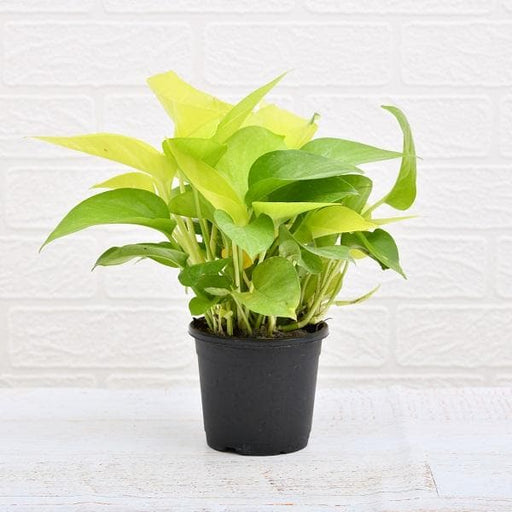 Save 29%
Save 29%
Air Purifier Money Plant with Pot The Air Purifier Money Plant, also known as Pothos or Epipremnum aureum, is a stunning indoor plant that...
View full details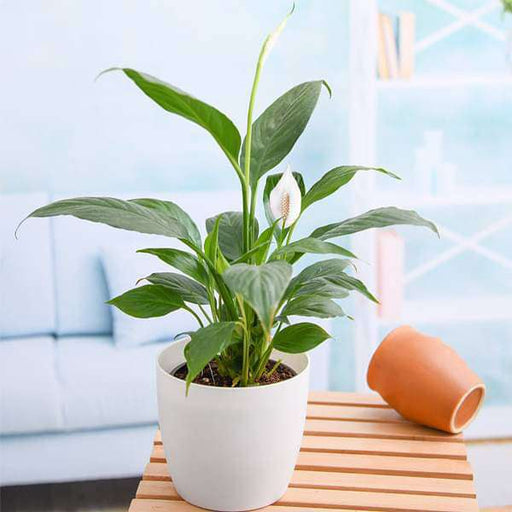
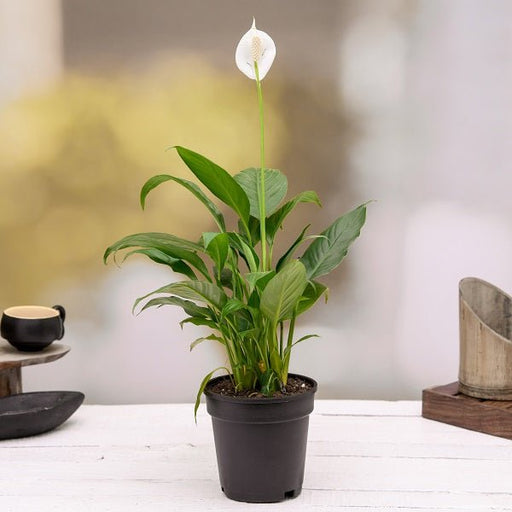 Save up to 15%
Save up to 15%
Peace Lily, Spathiphyllum - Plant The Peace Lily, scientifically known as Spathiphyllum, is a stunning houseplant celebrated for its elegant white...
View full details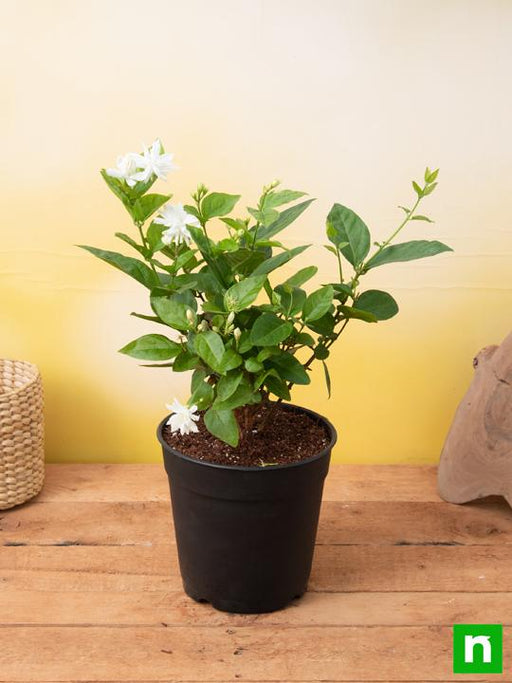
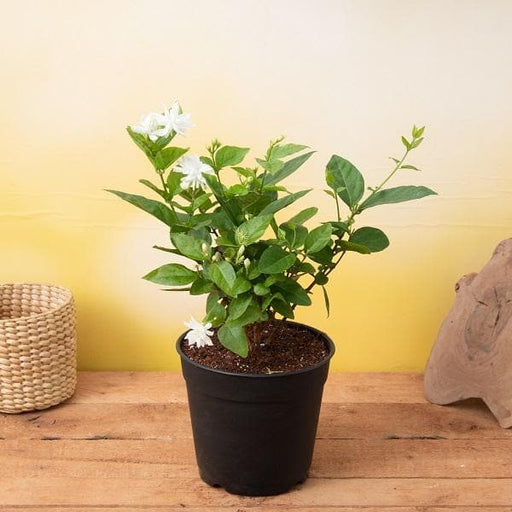 Save 25%
Save 25%
Jasminum sambac, Mogra, Arabian Jasmine - Plant Jasminum sambac, commonly known as Mogra or Arabian Jasmine, is a fragrant flowering plant...
View full details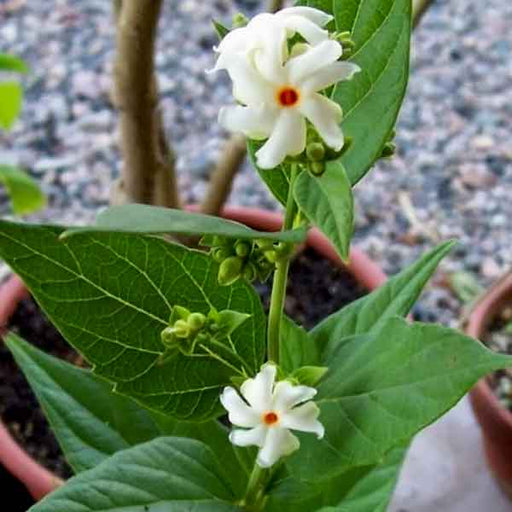
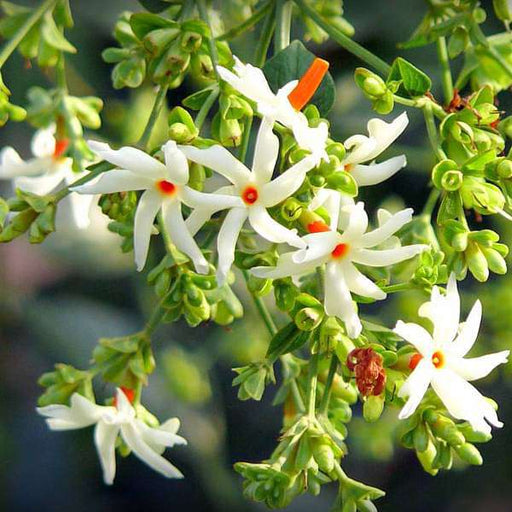 Save 18%
Save 18%
Combo Constituents Includes the Parijat Tree (Night-Flowering Jasmine), a culturally significant plant with fragrant flowers. Description The Pari...
View full details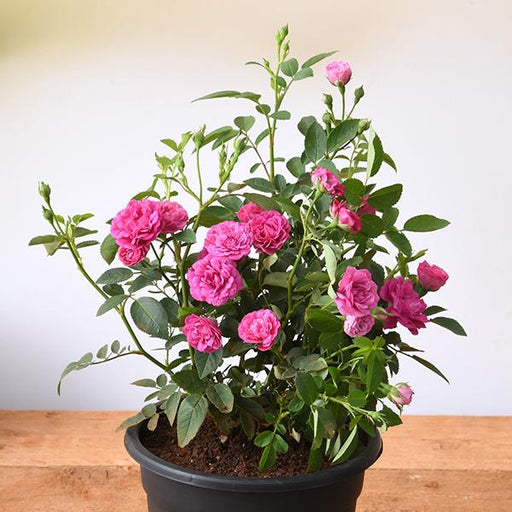
 Save 25%
Save 25%
Miniature Rose, Button Rose (Any Color) - Plant The Miniature Rose, also known as the Button Rose, is a charming and compact flowering plant that ...
View full details Save 25%
Save 25%
Damascus Rose, Scented Rose (Any Color) - Plant The Damascus Rose, also known as Rosa damascena, is a timeless symbol of beauty and romanc...
View full details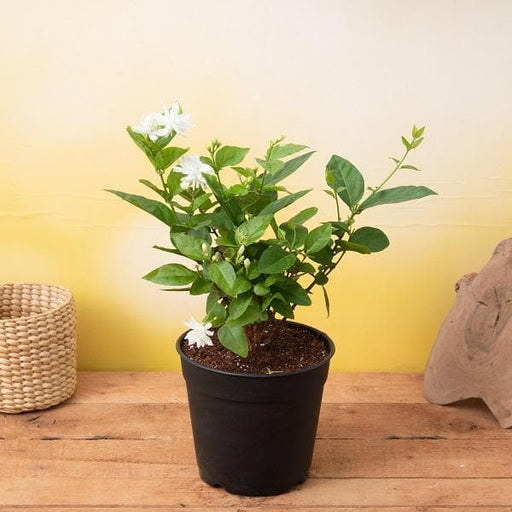
 Save 17%
Save 17%
Beautiful Fragrant Mogra, Arabian Jasmine Plant with Pot The Beautiful Fragrant Mogra, also known as Arabian Jasmine (Jasminum sambac), is...
View full details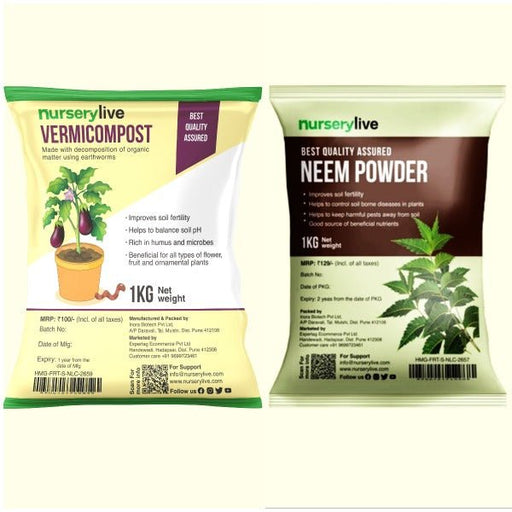 Save 15%
Save 15%
Pack of Vermicompost and Neem Cake for House Plants Transform your indoor garden with our premium Pack of Vermicompost and Neem Cake, spec...
View full details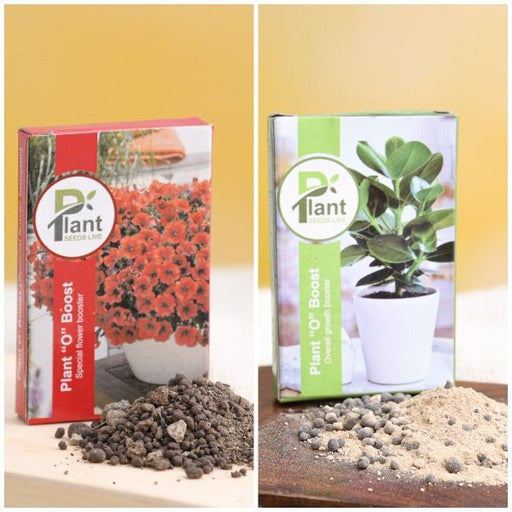
Pack of Plant Growth and Flower Boosters Unlock the full potential of your garden with our Pack of Plant Growth and Flower Boosters! This ...
View full details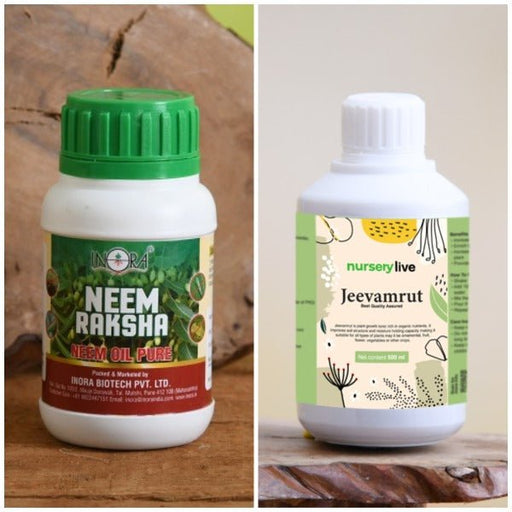 Save 38%
Save 38%
Combo of Jeevamrut and Neem Raksha for Easy Growth and Protection of Houseplants Transform your indoor garden with our exclusive combo of ...
View full details Save 22%
Save 22%
Plant Nutrients Kit (Pack of 16) for a Healthy Garden Transform your garden into a lush paradise with our Plant Nutrients Kit, featuring 1...
View full details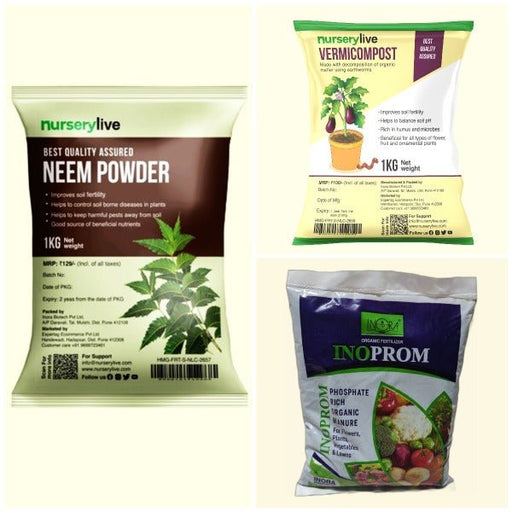 Save 16%
Save 16%
Combo of Top Plant Fertilizers Elevate your gardening game with our exclusive Combo of Top Plant Fertilizers, featuring two bags of premiu...
View full details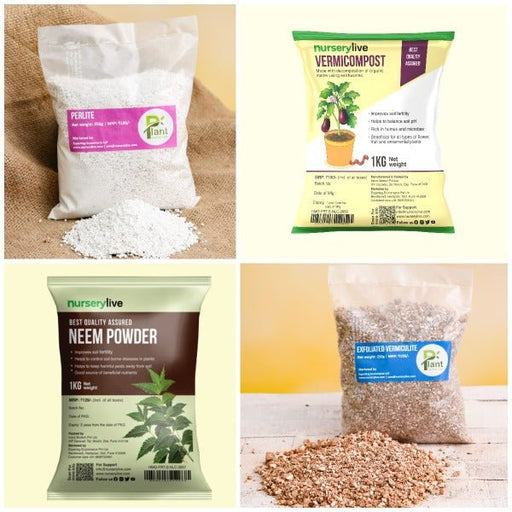 Save 24%
Save 24%
Pack of 4 Additives to Make Soil Healthy and Nutrient Rich Transform your garden into a thriving ecosystem with our Pack of 4 Additives de...
View full details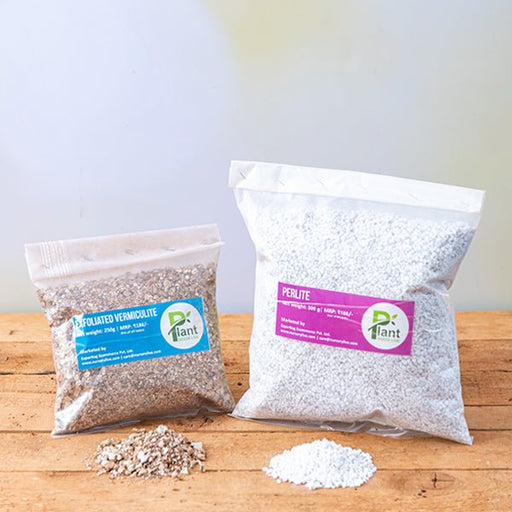 Save 30%
Save 30%
Transform your gardening experience with our premium Combo of Perlite and Vermiculite. This unique blend is designed to enhance soil aeration and ...
View full details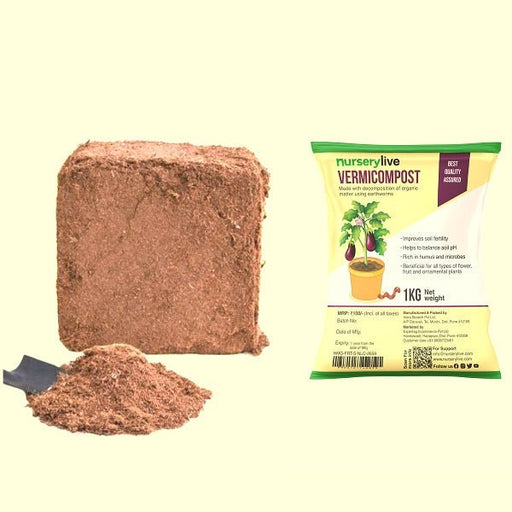 Save 27%
Save 27%
Combo of 2 Vermicompost and Cocopeat - Enrich Your Soil Naturally! Transform your garden into a thriving ecosystem with our Combo of 2 Ver...
View full details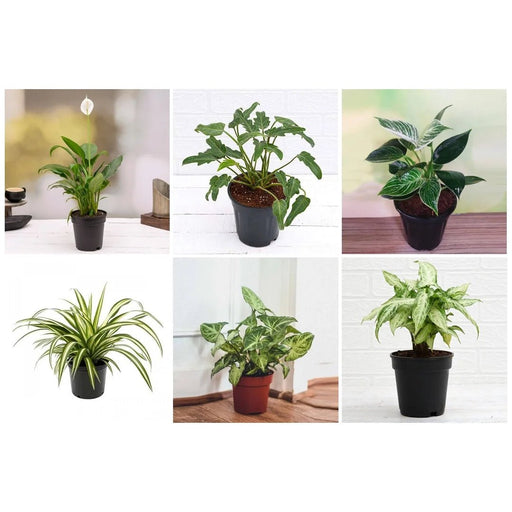
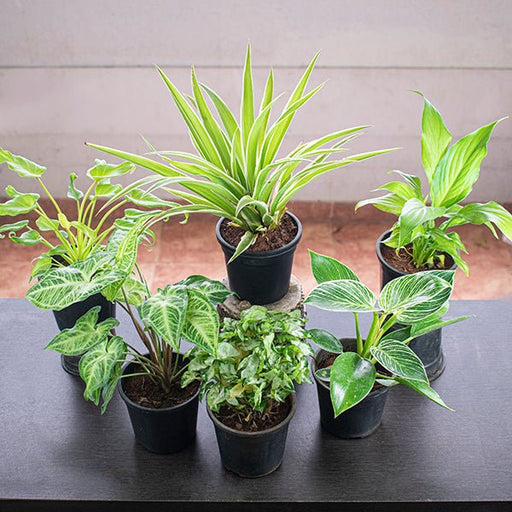 Save 35%
Save 35%
Best 6 Plants for Perfect Indoor Garden Transform your living space into a lush oasis with our curated collection of the Best 6 Plants for a...
View full details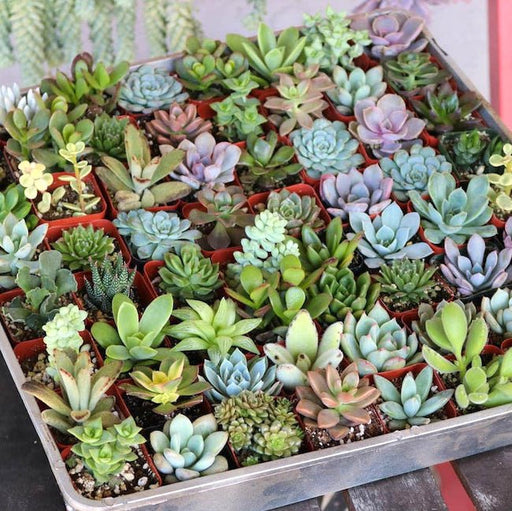
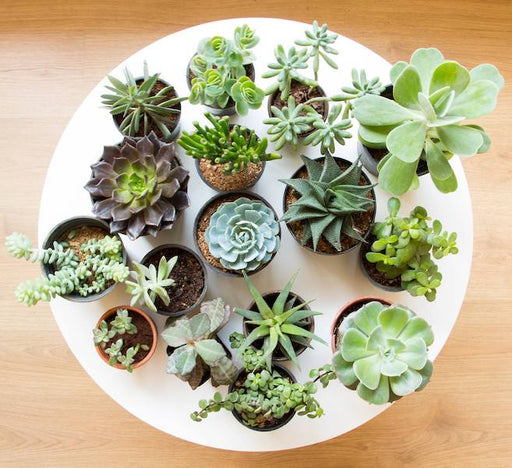 Save up to 50%
Save up to 50%
Mini Succulent Garden Pack Transform your space with our Mini Succulent Garden Pack, featuring a delightful collection of 4 any variety beautiful s...
View full details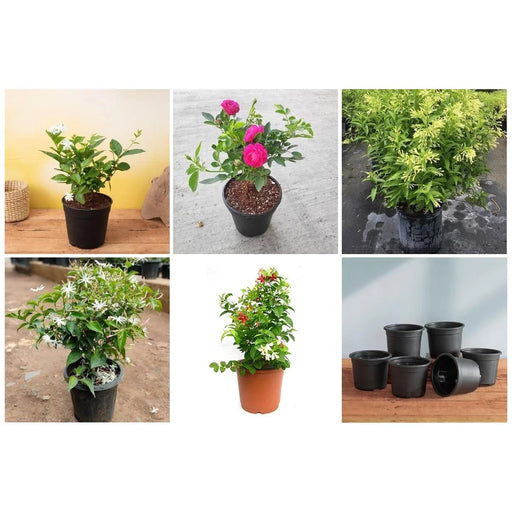
 Save 30%
Save 30%
5 Best Fragrant Plants Transform your garden or indoor space into a fragrant paradise with our curated selection of the 5 Best Fragrant Plants. Th...
View full details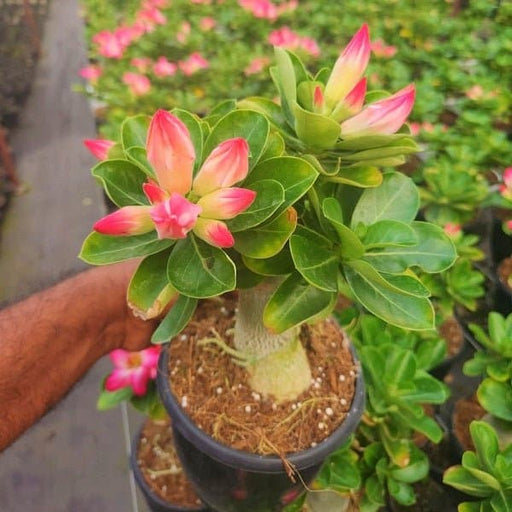
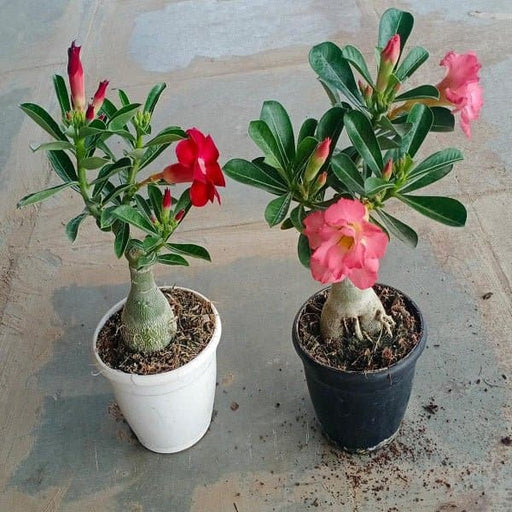 Save 24%
Save 24%
Set of 2 Bonsai Looking Grafted Adeniums Transform your indoor or outdoor space with our exquisite Set of 2 Bonsai Looking Grafted Adenium...
View full details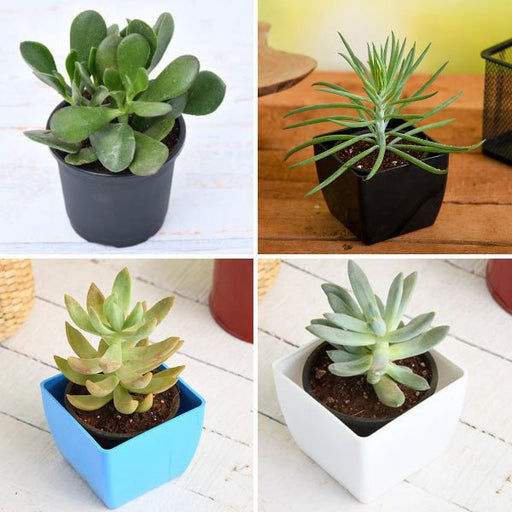 Save 45%
Save 45%
Top 4 Die Hard Succulents Pack Transform your indoor or outdoor space with our Top 4 Die Hard Succulents Pack, featuring a curated selecti...
View full details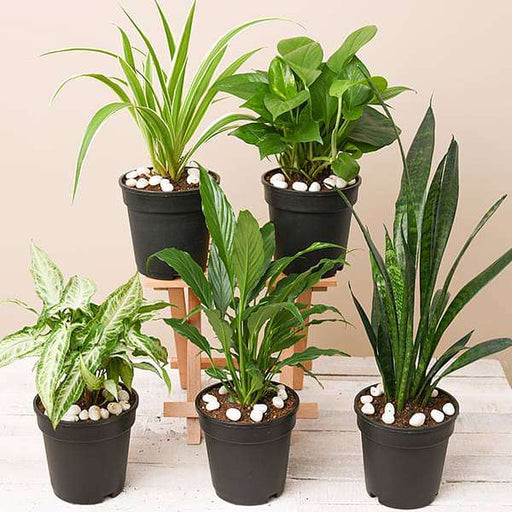
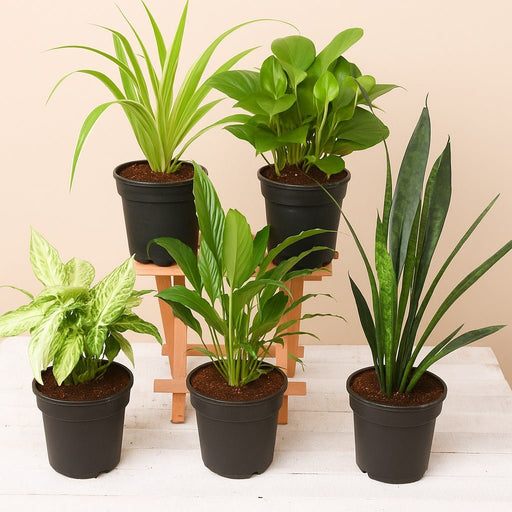 Save 30%
Save 30%
5 Best Indoor Plants Pack Transform your living space into a lush oasis with our '5 Best Indoor Plants Pack.' This carefully curated collection fe...
View full details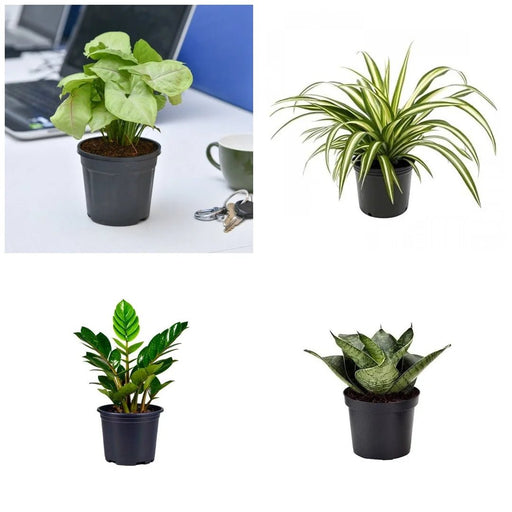
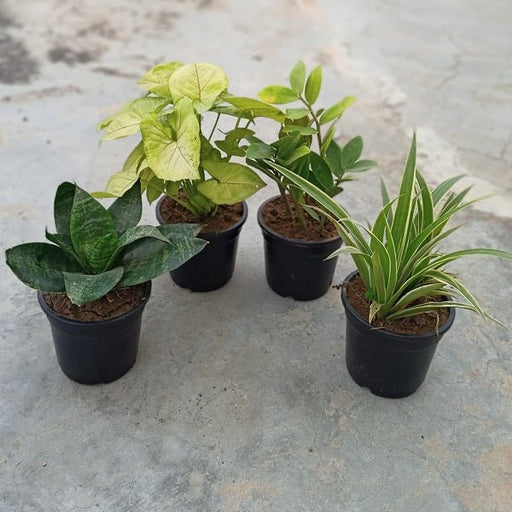 Save 25%
Save 25%
Set of 4 Evergreen Air Purifier Plant Pack Transform your indoor space into a lush, green oasis with our Set of 4 Evergreen Air Purifier Pla...
View full details| SrNo | Item Name |
|---|---|
| 1 | Tapioca, Portuguese pronunciation - Plant |
Tapioca, pronounced as "tah-pee-oh-kah" in Portuguese, is a starchy substance extracted from the cassava root, a plant native to South America. This versatile ingredient is widely used in various culinary applications, from traditional Brazilian dishes to modern desserts. Rich in carbohydrates and gluten-free, tapioca is a staple for those seeking alternative sources of energy.
What makes tapioca special is its unique texture and ability to absorb flavors, making it a favorite in both sweet and savory dishes. Its historical significance dates back to indigenous cultures in Brazil, where it was a primary food source. Today, tapioca pearls are a popular addition to bubble tea, showcasing its global appeal.
One of tapioca's standout features is its adaptability. It can be transformed into flour, pearls, or flakes, each serving different culinary purposes. Additionally, tapioca is low in fat and cholesterol-free, making it a healthy choice for various diets.
Tapioca cultivation has a relatively low environmental impact compared to other crops. Its drought resistance makes it suitable for areas with limited water resources, contributing to sustainable agriculture. However, responsible farming practices are essential to prevent deforestation and soil degradation.
Ah, tapioca! The magical pearl that transforms your dessert game. Packed with carbohydrates, tapioca is a gluten-free delight that fuels your day without the bloat. It’s like the friendly neighbor who brings cookies but doesn’t make you feel guilty about it. Rich in iron and calcium, it’s a great addition to your diet, especially if you’re looking to boost your energy levels. So, whether you’re whipping up a bubble tea or a creamy pudding, remember that tapioca is not just a pretty face; it’s a nutritional powerhouse in disguise.
If you think tapioca is just for puddings, think again! This versatile ingredient can be the star of savory dishes too. From crispy tapioca chips to delightful casseroles, the culinary possibilities are endless. Imagine a world where your breakfast is a tapioca pancake, and your dinner is a cheesy tapioca bake. With a sprinkle of creativity, you can turn this humble starch into a gourmet experience. So roll up your sleeves and get ready to impress your taste buds and your dinner guests with some tapioca magic.
These little orbs of joy are the life of the party! Tapioca pearls are the secret ingredient that makes bubble tea a sensation. They’re chewy, they’re fun, and they add a delightful texture to any drink. But don’t let their size fool you; these pearls pack a punch of flavor and can be infused with anything from fruit to chocolate. So, whether you’re sipping on a refreshing drink or snacking on them straight from the pot, tapioca pearls are the ultimate treat that keeps on giving.
The unsung hero of the kitchen, tapioca starch is the ultimate thickening agent. It’s like the reliable friend who always shows up when you need them. Whether you’re making sauces, soups, or desserts, a little tapioca starch can elevate your dish to new heights. Plus, it’s gluten-free, making it a favorite among those with dietary restrictions. So next time you’re in a culinary bind, remember that tapioca starch is just a pantry away, ready to save the day with its magical thickening powers.
Move over, all-purpose flour; tapioca flour is here to steal the spotlight! This fine, white powder is perfect for gluten-free baking and adds a delightful chewiness to your favorite treats. From cookies to bread, tapioca flour can transform your recipes into something extraordinary. It’s like the secret ingredient that makes your grandma’s cookies taste even better. So, if you’re looking to impress your friends with your baking skills, don’t forget to stock up on tapioca flour—it’s the flour of the future!
Ah, the classic tapioca pudding—a dessert that takes you back to childhood. With its creamy texture and delightful pearls, it’s like a warm hug in a bowl. Whether you enjoy it plain or jazzed up with fruits and spices, tapioca pudding is a timeless treat that never goes out of style. It’s the dessert that says, “I care,” without being overly complicated. So, grab a spoon and dig into this nostalgic delight that’s sure to bring a smile to your face.
Did you know that tapioca has a special place in Portuguese cuisine? It’s not just a trendy ingredient; it’s a cultural staple! From savory crepes to sweet treats, tapioca is woven into the fabric of Portuguese culinary traditions. It’s like the beloved family member who brings everyone together at the dinner table. So, if you’re looking to explore the rich flavors of Portugal, don’t overlook tapioca—it’s a delicious passport to a world of taste.
In a world where sustainability is key, tapioca stands tall as an eco-friendly choice. Grown in tropical regions, this plant requires less water than many other crops, making it a sustainable option for conscientious eaters. Plus, its versatility means you can enjoy it in various forms, reducing food waste. So, when you indulge in tapioca, you’re not just treating yourself; you’re also giving a nod to Mother Earth. It’s a win-win situation that makes your taste buds and the planet happy!
Let’s talk health! Tapioca is low in fat and cholesterol-free, making it a guilt-free indulgence. It’s a great source of energy, perfect for those busy days when you need a little pick-me-up. Plus, its high fiber content aids digestion, so you can enjoy your tapioca treats without the worry. It’s like having your cake and eating it too—without the calories! So, go ahead and savor that tapioca pudding; your body will thank you later.
Tapioca isn’t just a food; it’s a cultural phenomenon! From Brazil’s beloved tapioca crepes to Asian bubble tea, this ingredient has traveled the globe, leaving a trail of deliciousness in its wake. It’s a testament to how food can bring people together, transcending borders and traditions. So, the next time you enjoy a tapioca dish, remember you’re partaking in a rich tapestry of culinary history that connects us all.
In the world of food, innovation is key, and tapioca is leading the charge! Chefs and home cooks alike are experimenting with this versatile ingredient, creating new and exciting dishes that push the boundaries of traditional cooking. From tapioca-based snacks to gourmet desserts, the culinary landscape is evolving, and tapioca is at the forefront. So, keep your eyes peeled for the next big tapioca trend—it’s bound to be delicious and utterly creative!
Tapioca is a starchy substance derived from the cassava plant, native to South America. It's the secret ingredient behind those delightful bubble teas and puddings. Think of it as nature's little pearls, ready to add a chewy twist to your culinary adventures. Who knew a plant could be so versatile and fun
In Portuguese, tapioca is pronounced as "tah-pee-OH-kah." Just roll those syllables off your tongue like you're ordering a fancy dessert at a café. Impress your friends with your linguistic skills while enjoying a tapioca treat. Who knew pronunciation could be as sweet as the dish itself
Absolutely! Tapioca is a gluten-free superstar, making it a favorite among those with gluten sensitivities. So, if you're looking for a delicious alternative to wheat-based products, tapioca has got your back. Enjoy your guilt-free treats without worrying about gluten's sneaky ways. It's a win-win for your taste buds!
Tapioca is low in calories and fat, making it a guilt-free indulgence. It's also a good source of carbohydrates, providing energy for your daily adventures. While it may not be a superfood, it can be a fun addition to your diet. Just remember, moderation is key—too much of a good thing can lead to a tapioca overload!
Yes, you can! Making tapioca from scratch is like a culinary adventure. Start with cassava root, peel it, and grate it. Then, soak the grated cassava, squeeze out the excess liquid, and voilà! You have your very own tapioca pearls. Just be prepared for a bit of a messy kitchen—it's all part of the fun!
The possibilities are endless! From classic tapioca pudding to bubble tea, and even savory dishes like tapioca crepes, this versatile ingredient can do it all. Get creative and experiment with flavors and textures. Who knows, you might just invent the next big tapioca sensation. Your kitchen could become the next culinary hotspot!
Yes, tapioca is safe to eat when prepared correctly. However, raw cassava contains cyanogenic compounds, so always cook it before consumption. Once cooked, tapioca is a delightful treat that can be enjoyed in various forms. Just remember, safety first—no one wants a tapioca disaster on their hands!
You can find tapioca at most grocery stores, health food shops, or online retailers. Look for tapioca pearls, flour, or flakes, depending on your culinary needs. If you're feeling adventurous, check out local Asian markets for a wider variety. Your tapioca dreams are just a shopping trip away!
Uncooked tapioca can last for years if stored in a cool, dry place. Once cooked, however, it’s best to consume it within a few days. If you find yourself with leftover tapioca pudding, don’t fret! Just pop it in the fridge and enjoy it later. Waste not, want not—especially when it comes to delicious treats!
Yes, you can freeze cooked tapioca, but it may change texture upon thawing. If you’re feeling brave, freeze it in small portions for easy access later. Just remember, the chewy goodness might turn a bit mushy, but hey, it’s still tapioca! Embrace the adventure of frozen treats and see what happens!
Tapioca is the starchy extract derived from the cassava root. Think of cassava as the parent plant, while tapioca is its delightful offspring. While cassava can be eaten in various forms, tapioca is primarily used for its unique texture in dishes. It’s a family affair in the world of starchy goodness!